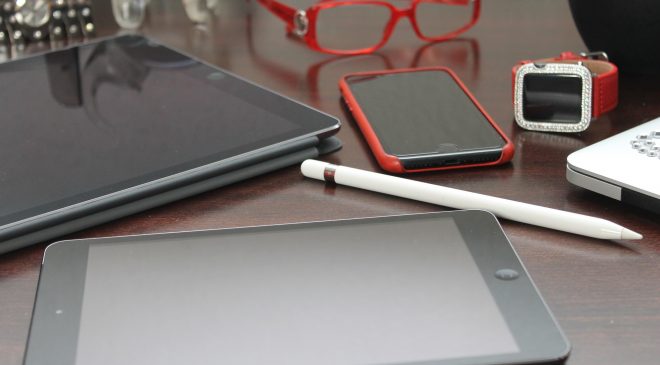
Smart wearables adoption lays the groundwork for the ‘metaverse’.
Australian smartphone sales continued to grow with 4 million handsets sold in the first half of 2021, up 4 per cent from the 3.8 million sold a year ago as 5G begins to dominate, according to new research from emerging technology analyst firm, Telsyte.
The Telsyte Australian Smartphone & Wearable Devices Market Study 2021-2025 found sales were up for both major platforms however, Apple continued to gain market share over Android continuing a 24-month long trend.
More than 1 million 5G iPhone 12 models were sold in the first half, adding substantially to the 5G userbase which now stands at over 3.5 million 5G handsets in use.
The top three smartphone vendors for the half were Apple, Samsung and Oppo. In addition to the main vendors, Telsyte found an increased popularity for Google’s Pixel, Motorola, realme and Vivo models.
While this was a bumper performance, Telsyte expects smartphone sales in the second half of 2021 to face head winds.
Telsyte forecasts 4.5 million smartphones will be sold in the second half of 2021, down 1 per cent from a year ago, due to global chip shortages, and a slowdown in consumer spending.
“Demand for tech products including smartphones, has been above trend since the start of the pandemic and is likely to slow” says Telsyte managing director Foad Fadaghi.
Telsyte research indicates the cost of smartphones continues to increase with the average price now reaching $US780 (+12 per cent y-on-y). The demand for higher priced iPhone 12s was the main contributing factor.
This increase in prices is driving consumers to look at ways to lower costs. For example, the study shows 1 in 6 (17 per cent) smartphone users are open to trading in their handset when looking to buy a new one. However, only 5 per cent of consumers have traded-in their previous smartphone, with an average of just over $US200 in trade-in value (including any trade-in promotion bonuses) achieved.
Telsyte’s recent consumer survey found almost 1 in 6 (17 per cent) consumers looking to purchase a smartphone in 2021 were interested in a foldable screen, with lower prices, improved durability, and better application optimisation likely to help drive adoption.
Smart wearables pave the way for the ‘metaverse’
According to Telsyte’s research, more than 1.1 million smart wrist wearables (fitness bands and smartwatches) were sold during the first half of 2021, down slightly (1 per cent) from a year ago.
The decline was attributed to a slowdown in the fitness bands (down 12 per cent) which are experiencing a drop following a strong 2020.
Sales of smart wrist wearables continued to be driven by smartwatches, with the category increasing sales by 4 per cent y-on-y over the same period, making up around 69 per cent of total wrist wearable sales. Apple remained the clear leader in the smartwatch market, followed by Samsung, Fitbit, and Garmin.
Telsyte estimates 1 in 3 smartwatches sold in the first half were cellular or eSIM-enabled. This is an increase from 1 in 6 just two years ago, indicating an increased appetite for standalone connectivity and number sharing across devices.
Like cellular iPads, many users are opting for LTE enabled smartwatches without activating this feature.
“There is an untapped opportunity to connect wearables to cellular networks,” Telsyte Senior Analyst Alvin Lee says.
As it stands, connecting wearables to mobile networks is only possible on the main carriers, Telstra, Optus, and Vodafone. However, more than 20 per cent of eSIM supported smartwatch users are with MVNOs (Mobile virtual network operators) which do not yet support number sharing.
Sales of smart hearables (e.g. Apple AirPods) are softening after a record 2020 driven by more work from home and fitness. Around 1.3 million smart hearables were sold during 1H21, down 10 per cent from a year ago, however, this was still nearly double the 1H19 volume.
The study found Apple and Samsung remained the top two vendors in the smart hearables market in the first half, with a combined 73 per cent market share.
Despite the growing awareness of virtual reality driven by Facebook’s rebranding as Meta Platforms Inc, Virtual Reality (VR) and Augmented reality (AR) headset adoption remains embryonic. Currently less than 10 percent of the Australian population have adopted any form of this technology.
A further 15 per cent are interested in using AR or VR headsets. This aligns to similar interest levels (1 in 4) in smart glasses, either as a standalone or connected via a smartphone.




